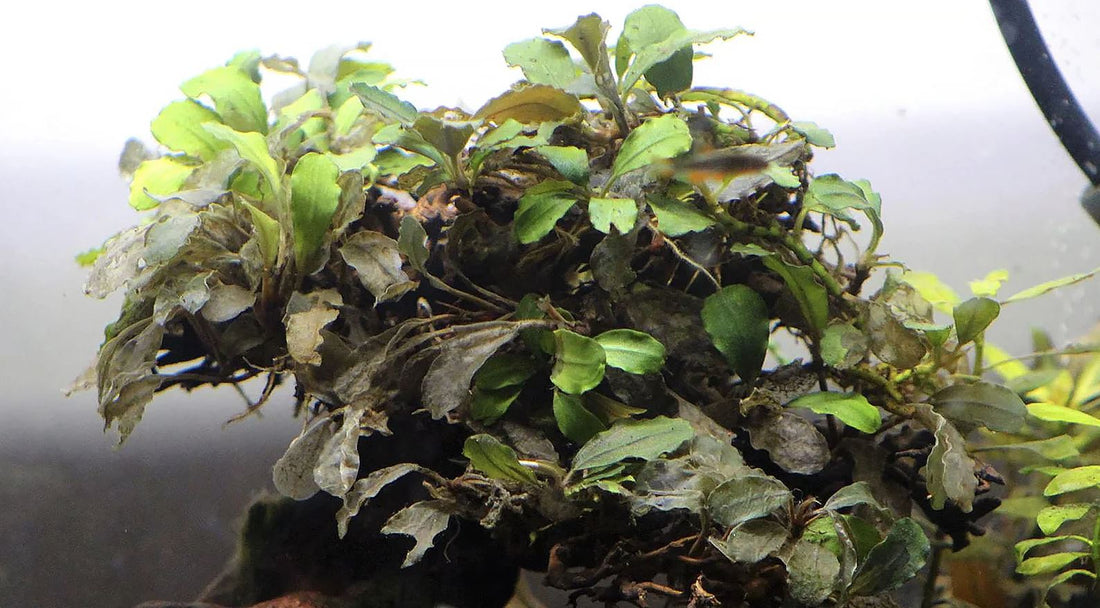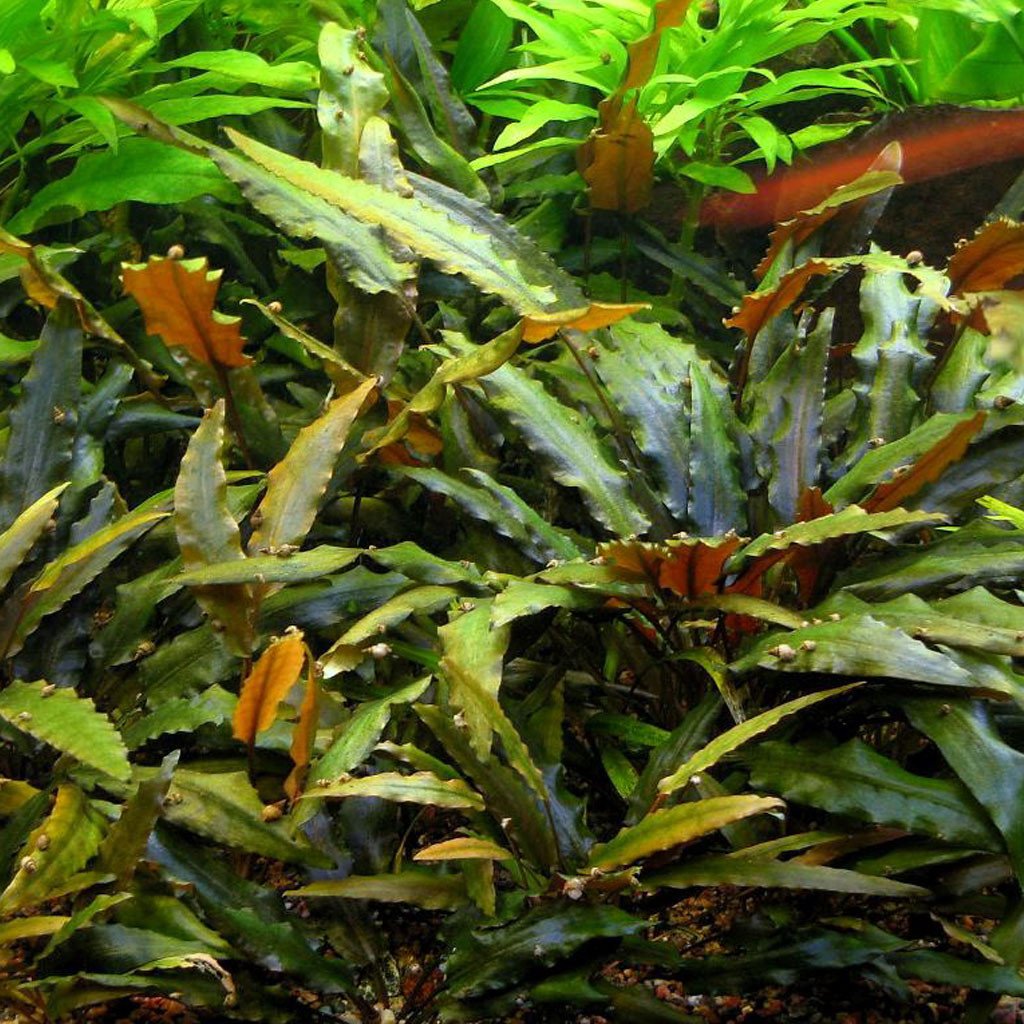
7 Reasons for Dying, Melting Leaves.
Why Do Aquarium Plants Melt? 7 Reasons for Dying, Melting Leaves
We know how frustrating it can be when a new plant you’ve added to your aquarium starts to melt or lose leaves. But don’t worry! This is often a natural part of the plant’s adjustment process, and understanding the reasons behind it can help you bring your plants back to their full potential.
Here are 7 common reasons why aquarium plants experience melting, and what you can do to help them thrive in your tank.

1. Transitioning from Store to Aquarium
Many plants sold in stores or online are grown out of water (emersed) because they grow faster and ship better this way. However, when you introduce them to your aquarium, the plants must adapt to growing underwater (submersed). The emersed leaves, which are thicker and designed to take in light and CO2 from the air, will die off and be replaced by thinner, underwater leaves. This process, known as “melting,” is completely normal.
To help your plants during this transition, keep an eye on their roots, and remove any dying leaves to prevent spikes in nutrients that could fuel algae growth. Within a few weeks, you’ll likely see new, healthy shoots emerging.
2. Water Parameter Changes
Aquarium plants are sensitive to changes in their environment. Moving a plant from one tank to another or making drastic changes to water conditions, like adding fertilizers, CO2, or adjusting lighting, can cause leaves to melt. Even temperature shifts can trigger melting, especially in delicate plants like cryptocorynes, known for "crypt melt."
The best solution is patience. Keep the water parameters stable, provide consistent nutrients, and wait for the plant to regrow. Trim away any melted leaves so the plant can focus its energy on new growth.
3. Incorrect Planting Techniques
Planting a plant incorrectly can harm its ability to grow. For example, bulb plants like lilies should not be fully buried; they need exposure to grow. Rhizome plants like Java fern and Anubias must have their rhizome above the substrate, or they’ll rot. Meanwhile, stem plants and rosette plants, like Amazon swords, need to be buried with their roots properly spread out.
Proper planting technique is critical to your plants' long-term success. Be sure to research how each type of plant should be positioned in your tank.
4. Insufficient Nutrients or Light
If your plant isn’t getting enough nutrients or light, it may start to yellow, lose leaves, or melt back. Plants need both the right kind of fertilizer and appropriate lighting to grow. For rooted plants, like swords and crypts, a nutrient-rich substrate or root tabs can help. For all other plants, a liquid fertilizer like Marcus Fish Tanks’ all-in-one fertilizer ensures that plants receive all the essential nutrients they need.
Also, make sure your plants aren’t being shaded by larger plants or decorations. If needed, trim larger plants or upgrade your aquarium light to one designed specifically for plant growth.
5. Temperature Extremes During Shipping
If you ordered your plants online, it’s possible that they experienced extreme temperatures during shipping, which can damage the plant even if it looks healthy when it arrives. This can lead to melting or complete die-off once the plant is placed underwater.
If you suspect shipping damage, contact your supplier for advice or a possible replacement.

6. Non-viable Bulbs
Not all bulb plants are guaranteed to grow. Some may never sprout, and if weeks pass without growth, the bulb is likely a dud. At Marcus Fish Tanks, we offer pre-sprouted bulb plants that have already started growing, so you don’t have to gamble with non-viable bulbs.

7. Anubias Rot
Anubias rot is a rare but serious condition that causes the rhizome of Anubias plants to break down, eventually killing the plant. Unfortunately, there’s no cure other than trimming away the affected areas and hoping the plant recovers. If you experience this issue, reach out to us for assistance or replacement.
Conclusion
Melting plants are a common challenge in aquariums, but with patience, proper care, and the right nutrients, most plants will bounce back stronger than before. To set your plants up for success, ensure they have stable water conditions, proper lighting, and the necessary nutrients. For more information on keeping your plants healthy, explore our plant care guides and fertilizers at Marcus Fish Tanks.
Ready to give your plants the nutrients they need?
Check out our all-in-one liquid fertilizer and start seeing healthier, thriving plants in no time!

